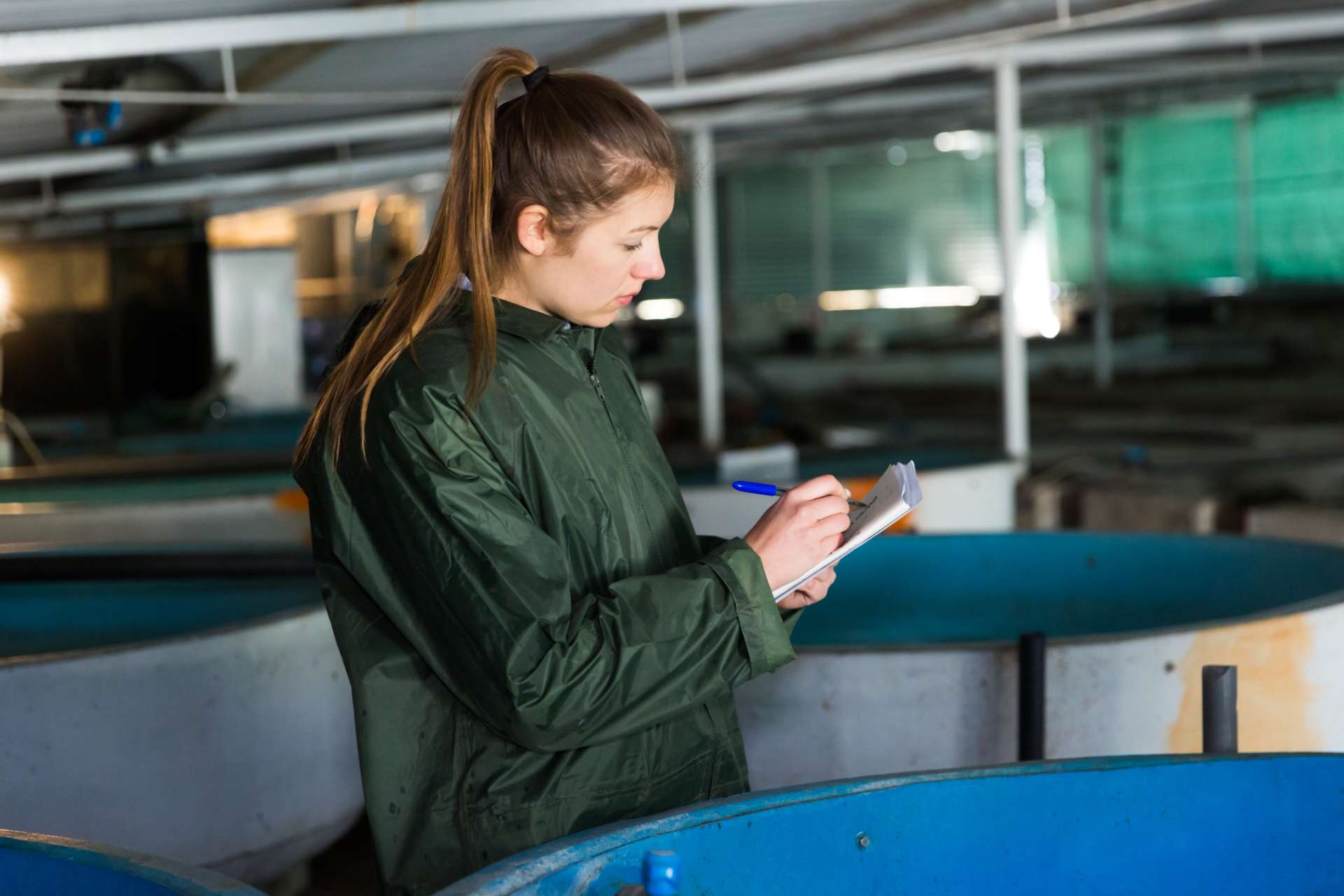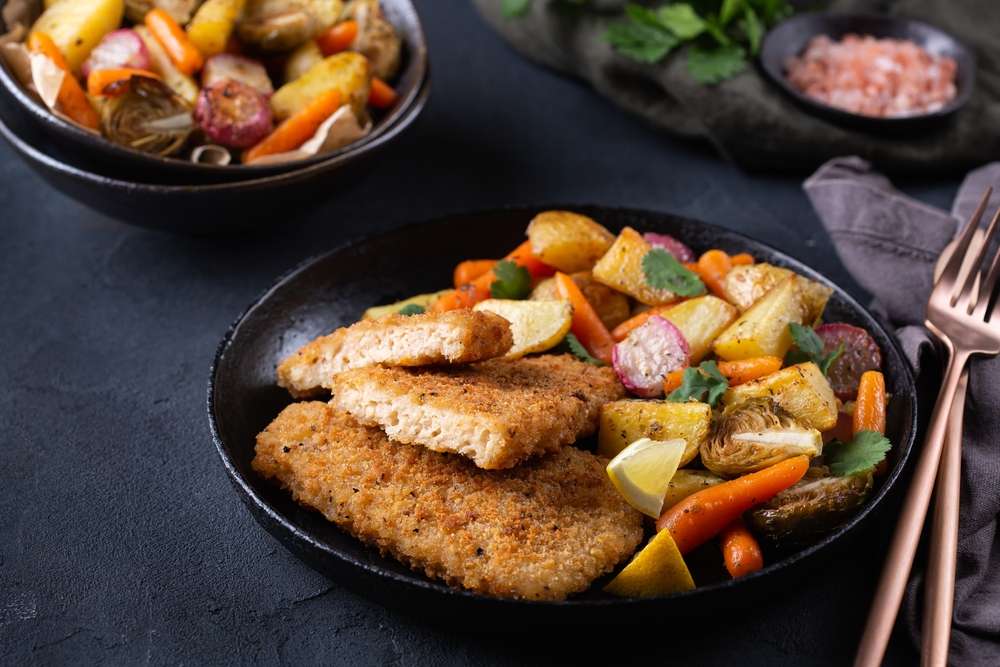The seafood sector is both incredibly diverse and constantly evolving. Here are six exciting developments that just might help to ensure the long-term sustainability of seafood.
Sea allotments
Mussel farming is one of the least industrial and most sustainable forms of seafood production and this combination might help to explain why it’s becoming an increasingly popular communal activity, especially in Denmark. The first ‘sea allotment’, a mussel farm operated on a communal basis by a community club, was founded there in 2015 and the country now boasts at least 15, with another dozen in the planning.
Although a handful of similar farms have now been established in Norway, it remains to be seen whether sea allotments will catch on further afield, or whether other nations are content to rely on professional growers and harvesters to fulfil their capacity for the tasty bivalves.
Indoor fish and shrimp farms
Indoor farming of aquatic species – including Atlantic salmon, yellowtail kingfish and whiteleg shrimp (more commonly referred to as prawns) – is taking off, in Europe and beyond. In theory these indoor farms, most of which use Recirculation Aquaculture Systems (RASs), have many advantages over conventional farms – all variables can be optimised to suit the species being grown, and any waste can be harvested and repurposed. However, profitability appears to be harder to achieve – they require significant capital expenditure to set up and many of the flagship indoor fish farms in Europe and the US have consistently failed to reach their targets, due to a range of technical issues and operating errors. It will require some major success stories in the coming years to prevent investors losing faith.

The development of precision fishing methods
With the fisheries sector under increasing scrutiny and facing tougher regulations, particularly in Europe, a number of novel fishing technologies are currently under development. One of the most promising ones has been developed by Ava Ocean, a Norwegian company, which is developing a way to selectively harvest seabed dwelling species, such as scallops. Their harvesting system uses AI-enhanced optical sorting to enable the identification, selection, and sorting of bottom-dwelling species, with target species being gently drawn into large baskets using a precision water-flow pump. Given the low impact nature of the technique, in 2022 the Norwegian government granted them the first permit for 30 years to harvest Arctic scallops.
The emergence of seaweed farming in the West
Over the last 50 years, seaweed farming has grown into a $16.7 billion industry. However, over 98% of global seaweed production currently comes from Asia, and only in the last decade or so has seaweed farming (and processing) companies begun to emerge in Europe and North America. Many parts of the food industry are looking towards seaweed as a healthy addition to, or substitute for, existing ingredients, but the jury is still out on whether farmed seaweed will provide a meaningful percentage of our seafood consumption in the coming decades, or whether it will mainly be used in other applications, including biopackaging, biostimulants and as an additive for a range of animal feeds.
Plant-based and cellular alternative seafood
The last decade has seen a meteoric rise in products that aim to provide meat-free alternatives to conventional animal proteins. So far, it’s mainly plant-based alternatives that are commercially available, but there are also a number of startups in the process of developing cellular seafood – i.e. seafood that’s been cultivated in a bioreactor from a handful of animal cells. The alt-seafood sector has attracted huge investments in the past few years, but it seems the bubble might have burst, as the number and value of investments in this sector dropped significantly in 2023. In the long term, it is possibly cellular seafood that offers greater potential than plant-based, but to achieve this it will be necessary for the cost of production to drop significantly, otherwise it will remain a novel item reserved for the most affluent consumers.

Third-party seafood certification schemes
Sustainability remains a buzzword, so it’s no surprise that a growing number of retailers, especially in Northern Europe, insist on only stocking seafood products that can boast some form of third-party certification. Products with ecolabels, such as those which are certified by the Marine Stewardship Council and Aquaculture Stewardship Council, are more readily accepted by the major retailers, offering top performing seafood producers the chance for greater market penetration as well as the possibility to fetch premium prices for their products. To judge from the growth of these labels, the trend is set to continue apace.
Conclusion
Only time will tell whether these developments are overhyped flashes in the pan, or whether they represent a viable future for the seafood sector. The question that remains is whether the technologies and techniques can make economic as well as ecological sense. Meanwhile, more conventional farming and harvesting practices are likely to continue to dominate the seafood scene.











Comments